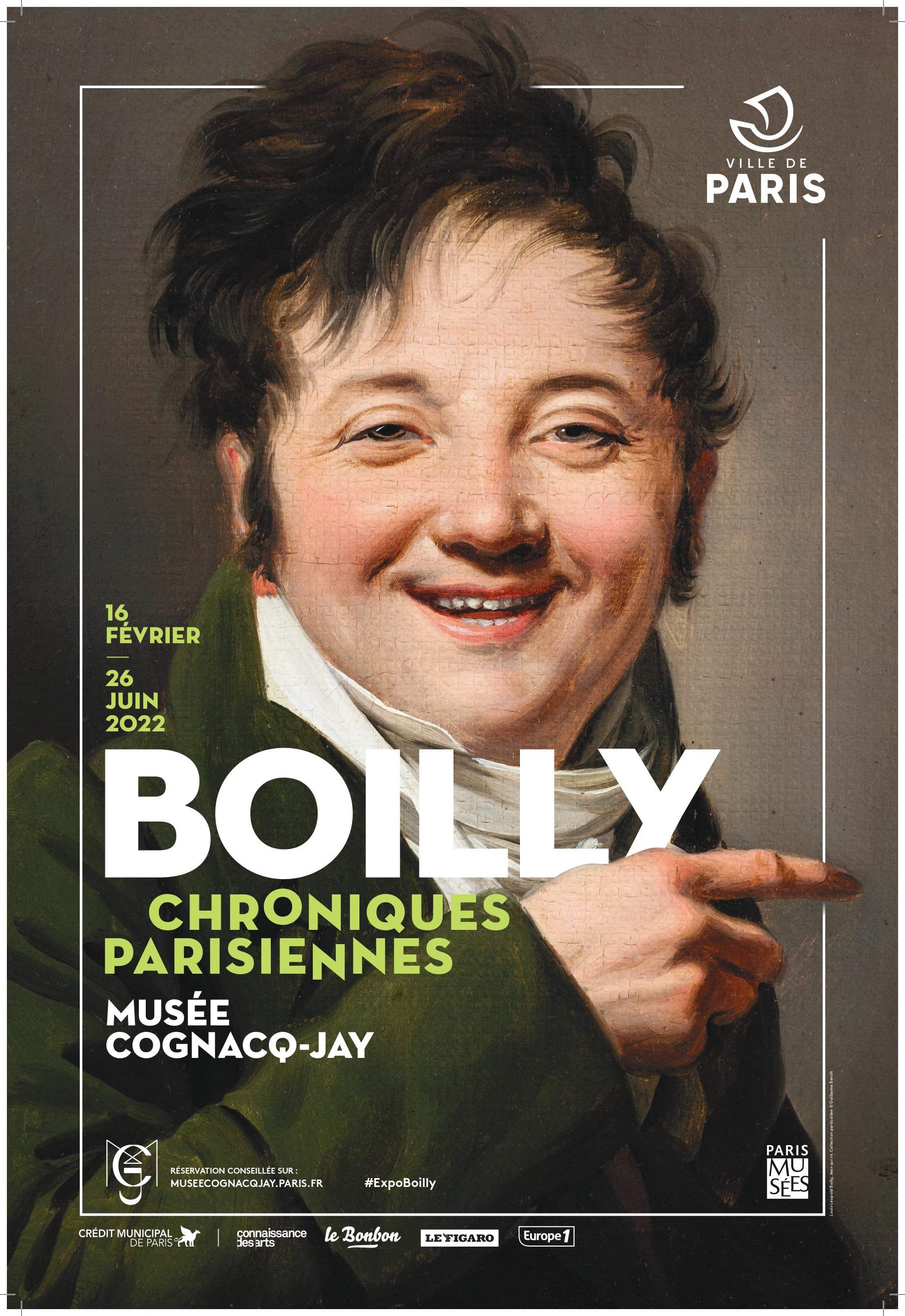 Satire, prints and theatricality in the French Revolution
by
Claire Trévien
Satire, prints and theatricality in the French Revolution
by
Claire Trévien
Call Number: BMC On Order
ISBN: 9780729411875
Publication Date: 2016
Following an account of the historical and social contexts of Revolutionary printmaking, the author analyses over 50 works, incorporating scenes such as street singers and fairground performers, unsanctioned Revolutionary events, and the representation of Revolutionary characters in hell. Through analysing these depictions as an ensemble, focusing on style, vocabulary, and metaphor, Claire Trévien shows how prints were a potent vehicle for capturing and communicating partisan messages across the political spectrum. In spite of the intervening centuries, these prints still retain the power to evoke the Revolution like no other source material.
 Louis-Léopold Boilly: chroniques parisiennes
by
Annick Lemoine, ed.
Louis-Léopold Boilly: chroniques parisiennes
by
Annick Lemoine, ed.
 Satire, prints and theatricality in the French Revolution
by
Claire Trévien
Satire, prints and theatricality in the French Revolution
by
Claire Trévien